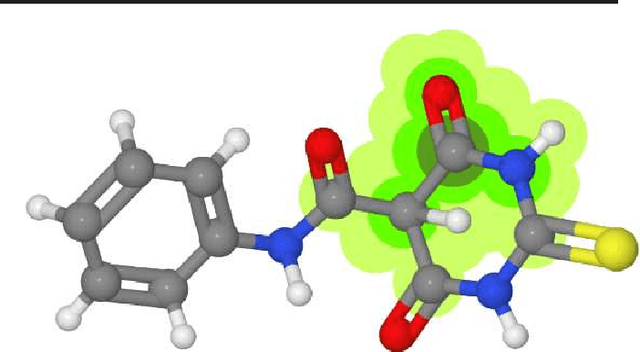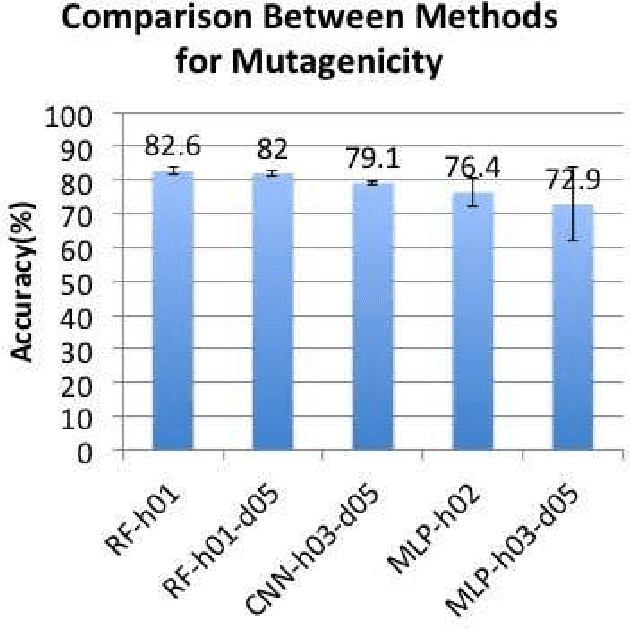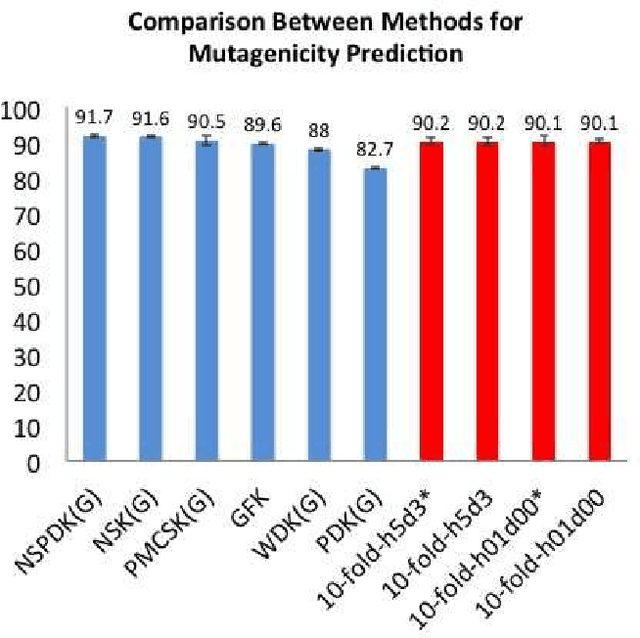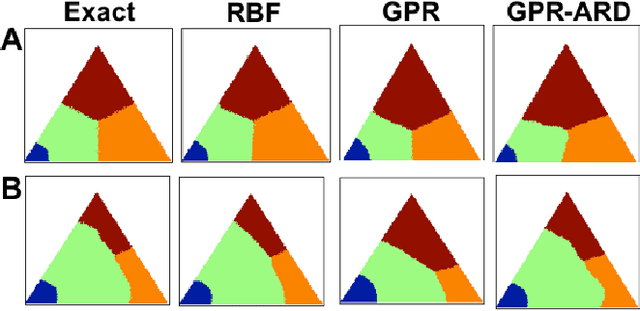Angela Yu
Predicting Drug Interactions and Mutagenicity with Ensemble Classifiers on Subgraphs of Molecules
Jan 27, 2016



Abstract:In this study, we intend to solve a mutual information problem in interacting molecules of any type, such as proteins, nucleic acids, and small molecules. Using machine learning techniques, we accurately predict pairwise interactions, which can be of medical and biological importance. Graphs are are useful in this problem for their generality to all types of molecules, due to the inherent association of atoms through atomic bonds. Subgraphs can represent different molecular domains. These domains can be biologically significant as most molecules only have portions that are of functional significance and can interact with other domains. Thus, we use subgraphs as features in different machine learning algorithms to predict if two drugs interact and predict potential single molecule effects.
Active Sensing as Bayes-Optimal Sequential Decision Making
Aug 09, 2014



Abstract:Sensory inference under conditions of uncertainty is a major problem in both machine learning and computational neuroscience. An important but poorly understood aspect of sensory processing is the role of active sensing. Here, we present a Bayes-optimal inference and control framework for active sensing, C-DAC (Context-Dependent Active Controller). Unlike previously proposed algorithms that optimize abstract statistical objectives such as information maximization (Infomax) [Butko & Movellan, 2010] or one-step look-ahead accuracy [Najemnik & Geisler, 2005], our active sensing model directly minimizes a combination of behavioral costs, such as temporal delay, response error, and effort. We simulate these algorithms on a simple visual search task to illustrate scenarios in which context-sensitivity is particularly beneficial and optimization with respect to generic statistical objectives particularly inadequate. Motivated by the geometric properties of the C-DAC policy, we present both parametric and non-parametric approximations, which retain context-sensitivity while significantly reducing computational complexity. These approximations enable us to investigate the more complex problem involving peripheral vision, and we notice that the difference between C-DAC and statistical policies becomes even more evident in this scenario.
 Add to Chrome
Add to Chrome Add to Firefox
Add to Firefox Add to Edge
Add to Edge